If you’ve ever been disappointed by your Monstera’s small leaves, you’re not alone. Many plant parents struggle with this common issue. The good news is that there are a few simple things you can do to encourage your Monstera to produce larger leaves. In this article, we’ll discuss the reasons why Monsteras often have small leaves, and how you can fix the problem.
Causes Of Small Monstera Leaves
There are a few reasons why your Monstera might have small leaves. It could be due to lack of nutrients, too much sun, or too much water.
If it isn’t getting enough of these nutrients, the leaves will be small. The plant needs a lot of nitrogen, phosphorus, and potassium to thrive. You can fix this by fertilizing your plant with a balanced fertilizer. Lack of nutrients is the most common cause of small leaves on Monsteras.
If the leaves are small and discolored, it’s a sign that the plant is getting too much sun. The plant needs some sun to grow, but too much sun will scorch the leaves. Move it to a spot that gets less sun. Too much sun can also cause small leaves on Monsteras.

The plant likes to be kept moist, but not soggy. Let the soil dry out a bit before watering again. Too much water can also cause small leaves on Monsteras. If the leaves are small and wilted, it’s a sign that the plant is getting too much water.
Over Or Under Watering
If you underwater your Monstera, the leaves will start to turn yellow and brown and will eventually drop off. If you overwater your Monstera, the leaves will start to turn yellow and brown and will eventually drop off. The best way to water your Monstera is to water it when the soil is dry to the touch. When it comes to watering your Monstera, it is important to not underwater or overwater it.
How to fix over watered or under watered monstera
If you have a monstera that is struggling with small leaves, it is likely due to either too much or too little water. Here are some tips on how to fix an over watered or under watered monstera:
If your monstera is over watered, the first step is to allow the soil to dry out completely. Once the soil is dry, you can begin watering your plant again, but be sure to water it less frequently.
Be sure to water the plant until the soil is moist, but not soggy. If your monstera is under watered, you will need to water it more frequently.

In both cases, it is important to monitor your plant closely and adjust your watering schedule as needed. With a little care, your monstera should soon be back to its healthy self!
Water Quality
If the leaves are small, it could be a sign that the water is not clean enough. One of the most common problems with monsteras is water quality. There are a few things you can do to fix this problem.
First, make sure you are using filtered water. This will help to remove any impurities that could be causing the leaves to be small.
The ideal pH for monsteras is around 6.5. Second, check the pH of the water. If the water is too acidic or alkaline, it can cause the leaves to be small.
If the roots are too wet, it can cause the leaves to be small. Finally, make sure you are not over-watering the plant. Monsteras like to have their roots in moist, but not soggy, soil.

If you follow these tips, you should see an improvement in the size of your monstera’s leaves.
How To Improve Water Quality
This will help to identify any problems with the water and allow them to be fixed quickly. One way to improve water quality is to install a water filtration system. Another way to improve water quality is to have regular water testing done. This will remove impurities from the water and make it safer to drink.
Lack of Light
To fix this, move your Monstera to a spot where it will get more light. If you can’t move it, you can try to increase the amount of light it gets by adding a grow light. Lack of light is often the reason why Monstera leaves are small. If your Monstera is not getting enough light, the leaves will be small and the plant will not grow as large as it could.
Solutions
One of the most common problems with Monsteras is that their leaves are too small. If your Monstera is in a spot that doesn’t get a lot of light, try moving it to a brighter location. There are a few possible causes for this, but the most likely one is that the plant isn’t getting enough light.
Monsteras like to have their roots kept moist, but not wet. If you’re watering your plant too often, the roots may be waterlogged, which can cause the leaves to stay small. Another possible cause of small leaves is over-watering. Let the top inch or so of soil dry out before watering again.

Some Monstera varieties stay smaller than others, so if you’re not sure what kind you have, it’s worth doing some research to find out. If your Monstera’s leaves are still small after you’ve tried these solutions, it’s possible that the plant is just naturally small.
Low Humidity
If you notice that your Monstera’s leaves are small, it could be due to low humidity. Monsteras prefer humid environments, so if the air in your home is too dry, it can cause the leaves to become small.

To fix this, you can try misting your Monstera with water a few times a week. You can also try putting a humidifier in your home. If you have a lot of plants, you can group them together to create a mini greenhouse effect and increase the humidity around them.
By increasing the humidity, you should see your Monstera’s leaves start to grow larger. If the problem persists, it could be due to something else, such as too much direct sunlight or not enough nutrients.
Solutions
If that doesn’t work, you may need to give it artificial light. One of the most common problems with Monsteras is that their leaves are too small. If your Monstera is in a low-light area, try moving it to a brighter spot. There are a few possible explanations for this, but the most likely one is that the plant isn’t getting enough light.
Another possible reason for small leaves is that the plant is too young. Monsteras need time to mature before they can produce large leaves. If your plant is still small, be patient and give it a few years.
Make sure you’re fertilizing your plant regularly and giving it the nutrients it needs. If your Monstera’s leaves are small and yellow, it could be a sign of a nutrient deficiency. You may also need to adjust the pH of your soil.
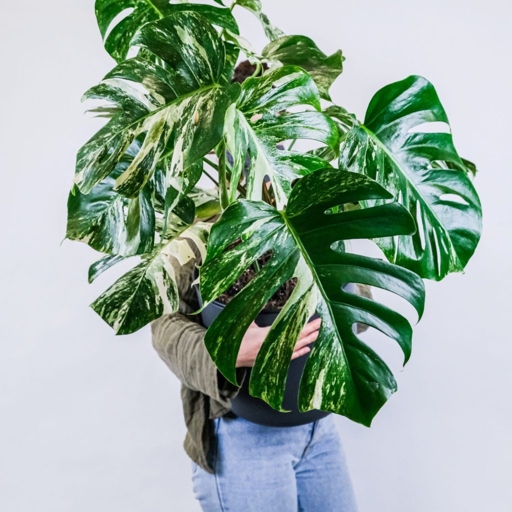
If you find anything, treat your plant accordingly. Inspect your plant carefully and look for signs of pests or fungal growth. Finally, small leaves can sometimes be caused by pests or diseases.
Harsh Temperature
Monsteras prefer warm temperatures, so if the temperature in your home is too cold, it could be causing the leaves to be small. If the temperature is too hot, it can also cause the leaves to be small. You can try raising the temperature in your home or moving the plant to a warmer location. Try moving the plant to a cooler location or lowering the temperature in your home. If you notice that your Monstera’s leaves are small, it could be due to the temperature.
Solutions
If your Monstera’s leaves are small, it could be due to a number of factors. Here are a few possible solutions:
If the soil is too dry, the leaves will be small. Check the soil. 1. Make sure to keep the soil moist, but not soggy.
Check the light. Move the plant to a brighter spot. If the plant is not getting enough light, the leaves will be small. 2.
Move the plant to a warmer spot. 3. Check the temperature. If the temperature is too cold, the leaves will be small.
Check the humidity. 4. If the air is too dry, the leaves will be small. Mist the plant daily or use a humidifier.
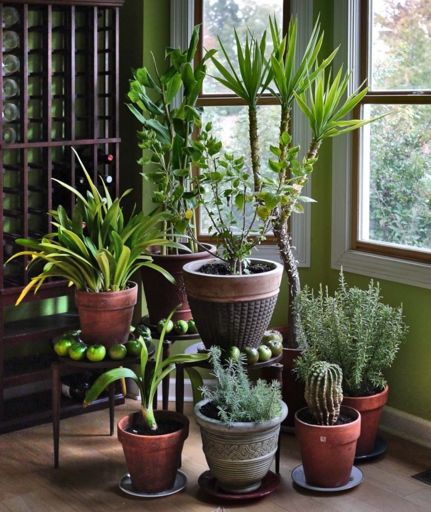
Check for pests. If the plant is infested with pests, the leaves will be small. 5. Treat the plant with an insecticide.
If you follow these solutions, your Monstera should have healthy, large leaves in no time!
Overfertilization
This is because the plant is not able to take up all of the nutrients that are being applied to the leaves. When a monstera is overfertilized, the leaves will often be small and stunted. This will help to remove some of the excess nutrients from the soil. You can also try to leach the soil with water to help remove even more of the excess nutrients. Overfertilization can also cause the leaves to turn yellow or brown. Overfertilization is one of the most common problems when it comes to monsteras. If you think your monstera might be overfertilized, the best thing to do is to flush the soil with water.
How To Remedy Overfertilization
If your Monstera’s leaves are small, it’s likely due to overfertilization. Here’s how to fix it:
This will help to remove any excess fertilizer that’s built up in the soil. Flush the soil. 1.
If you’re using a liquid fertilizer, cut back to half the recommended amount. Cut back on fertilizer. 2.
Monitor the soil moisture. 3. Make sure the soil isn’t too wet or too dry.
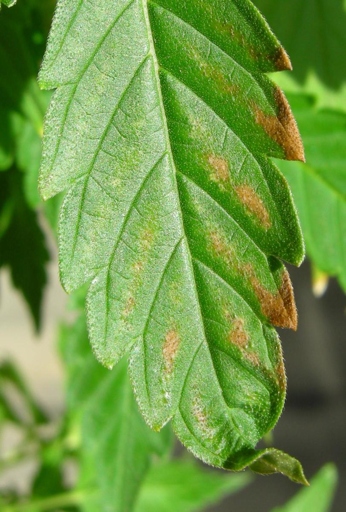
It may take a few weeks for the leaves to return to their normal size. 4. Give your plant some time.
If you follow these steps, your Monstera should soon be back to its healthy self!
Inappropriate Pot
If you’re a plant parent, you know that feeling all too well. What gives? But then, something goes wrong. Your plant starts to produce small, stunted leaves. You bring your new plant baby home, pot it up, and give it all the love and care it needs.
When a plant is pot-bound, its roots have filled up the pot and are constricted, which can lead to stunted growth. There are a few possible explanations for why your Monstera might be producing small leaves. One possibility is that the plant is pot-bound.
Another possibility is that the plant is not getting enough light. If your plant is not getting enough light, it will produce smaller leaves in an attempt to get more light exposure. Monsteras need bright, indirect light to thrive.
Finally, your plant could be experiencing stress from too much or too little water, temperature fluctuations, or drafts. Any of these stressors can cause your Monstera to produce smaller leaves.
This will give the roots room to grow and the plant will start to produce larger leaves. If your Monstera’s leaves are small, don’t despair! There are a few things you can do to help your plant recover. First, if you think the plant is pot-bound, you can repot it into a larger pot.
If you think the plant is not getting enough light, try moving it to a brighter spot. If the plant is still not producing larger leaves, you can try supplementing with grow lights.
For example, if the plant is getting too much or too little water, adjust your watering schedule. If the plant is experiencing temperature fluctuations, try to find a spot in your home that has more consistent temperatures. Finally, if you think the plant is experiencing stress, try to identify the source of the stress and correct it.
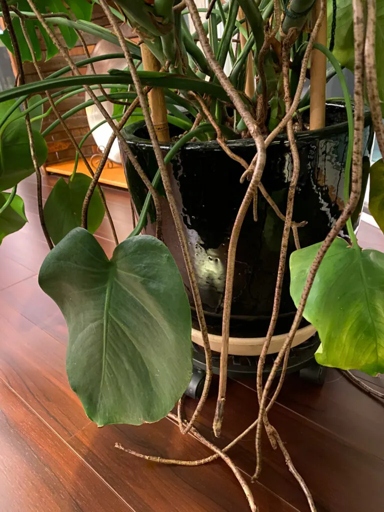
With a little bit of troubleshooting, you should be able to get your Monstera producing large, healthy leaves in no time!
Solutions
Monsteras need bright, indirect light to thrive. If your Monstera is in a low-light spot, it’s likely that the leaves will stay small. There are a few reasons your Monstera might have small leaves. The most common reason is that it’s not getting enough light.
Another reason your Monstera might have small leaves is that it’s not getting enough water. Allow the top inch or so of soil to dry out between waterings. If the leaves are wilting or turning yellow, that’s a sign that you need to water more frequently. Monsteras like to be kept moist, but not soggy.
Use a balanced fertilizer every few weeks to give your plant the nutrients it needs to grow. Finally, your Monstera might have small leaves if it’s not getting enough nutrients.

If your Monstera has small leaves, try moving it to a brighter spot and increasing the frequency of watering and fertilizing. With a little TLC, your plant will soon be thriving.
Unsuitable Soil Mix
If you notice your Monstera’s leaves are small, it could be due to the soil mix. The soil mix might not have the right proportions of ingredients, or it might not be draining well. If you’re not sure what’s wrong, you can take a sample of the soil to a nursery or garden center for testing.
Solution
Solution:
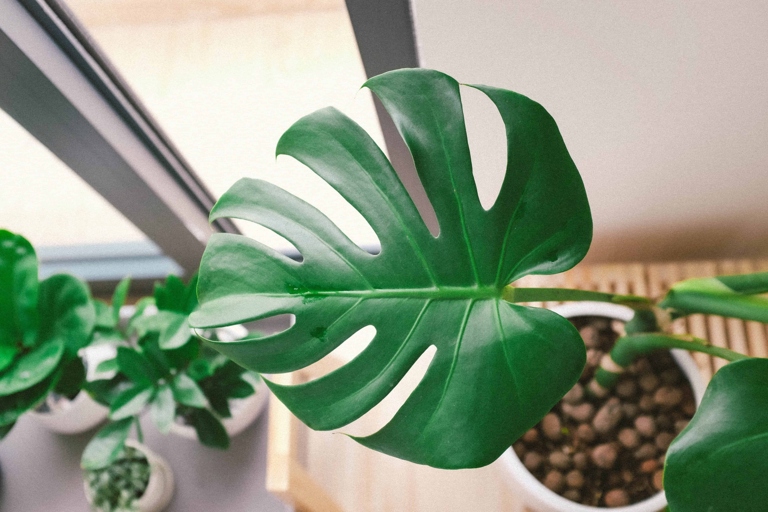
Finally, check the soil moisture and make sure the plant is not too dry or too wet. The first step is to fertilize your plant with a balanced fertilizer. Move it to a brighter location and make sure to give it plenty of indirect sunlight. If the leaves are still small, it is possible that the plant is not getting enough light. You can also add compost or organic matter to the soil to help improve its nutrient content. If the leaves are still small after taking these steps, it is possible that the plant is not getting enough light. If your Monstera has small leaves, it is likely due to a lack of nutrients.
Q:Should I cut small leaves off monstera?
If your Monstera has small leaves, don’t worry – there are a few things you can do to fix it! Finally, fertilize the plant once a month to give it a boost. Second, make sure you’re watering the plant regularly and not letting it dry out. With a little care, your Monstera will soon be back to its lush, green self! First, check to see if the plant is getting enough light. If it’s not, try moving it to a brighter spot.
Q: Do monstera leaves grow bigger?
If your monstera has small leaves, it is likely due to one of two reasons: either the plant is not getting enough light, or the leaves are being damaged. A: Yes, monstera leaves can grow bigger.
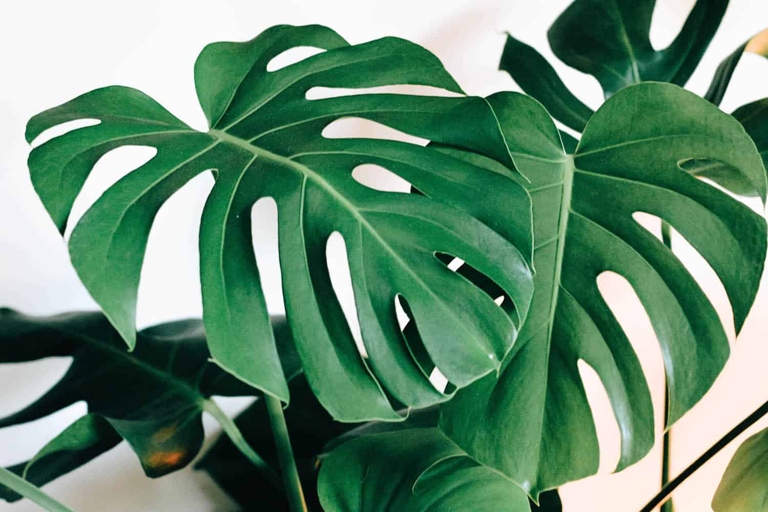
If it is not, move it to a brighter spot. To fix the problem, make sure your monstera is getting enough light. If the leaves are being damaged, try to identify the source of the damage and remove it.
Q:Why are my monstera leaves not splitting?
The first reason is that your plant might be too young. The third reason is that your plant might be too wet or too dry. If the soil is too dry, the leaves will start to brown and curl. There are a few reasons why your monstera leaves might not be splitting. Monsteras need bright, indirect light to thrive. Monsteras need to be kept in moist, but not soggy, soil. If the soil is too wet, the leaves will start to yellow and drop off. If your plant is in too much shade, it won’t produce enough chlorophyll, which is what gives leaves their green color. The second reason is that your plant might not be getting enough light. Monsteras need to be a few years old before they start splitting.
Frequently Asked Questions
1. Why does my Monstera have small leaves?
There are several reasons why your Monstera might have small leaves. It could be due to a lack of nutrients, too much sunlight, or too much water.
2. How can I fix it?
If your Monstera has small leaves due to a lack of nutrients, you can fertilize it with a balanced fertilizer. If it’s getting too much sunlight, you can move it to a shadier spot. And if it’s getting too much water, you can let the soil dry out between watering.
3. What kind of fertilizer should I use?
A balanced fertilizer is best for Monsteras. You can use a fertilizer with an N-P-K ratio of 10-10-10.
4. How do I know if my Monstera is getting too much sunlight?
If your Monstera’s leaves are turning yellow or brown, it’s getting too much sunlight.
5. How do I know if my Monstera is getting too much water?
If your Monstera’s leaves are wilting or falling off, it’s getting too much water.
Final thoughts
If your Monstera’s leaves are small, it’s probably because the plant isn’t getting enough light. Move it to a spot where it will get more light, and you should see the leaves start to grow larger. If you can’t provide enough light, you can try supplementing with artificial light.
